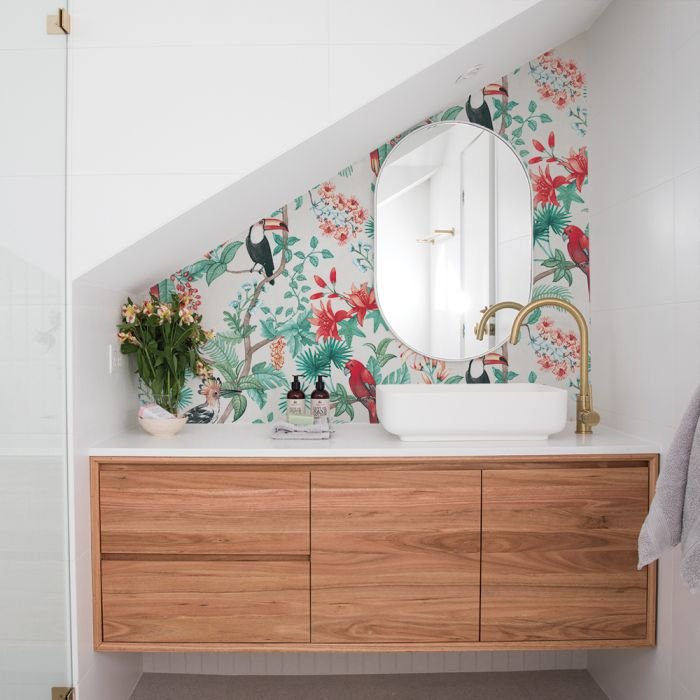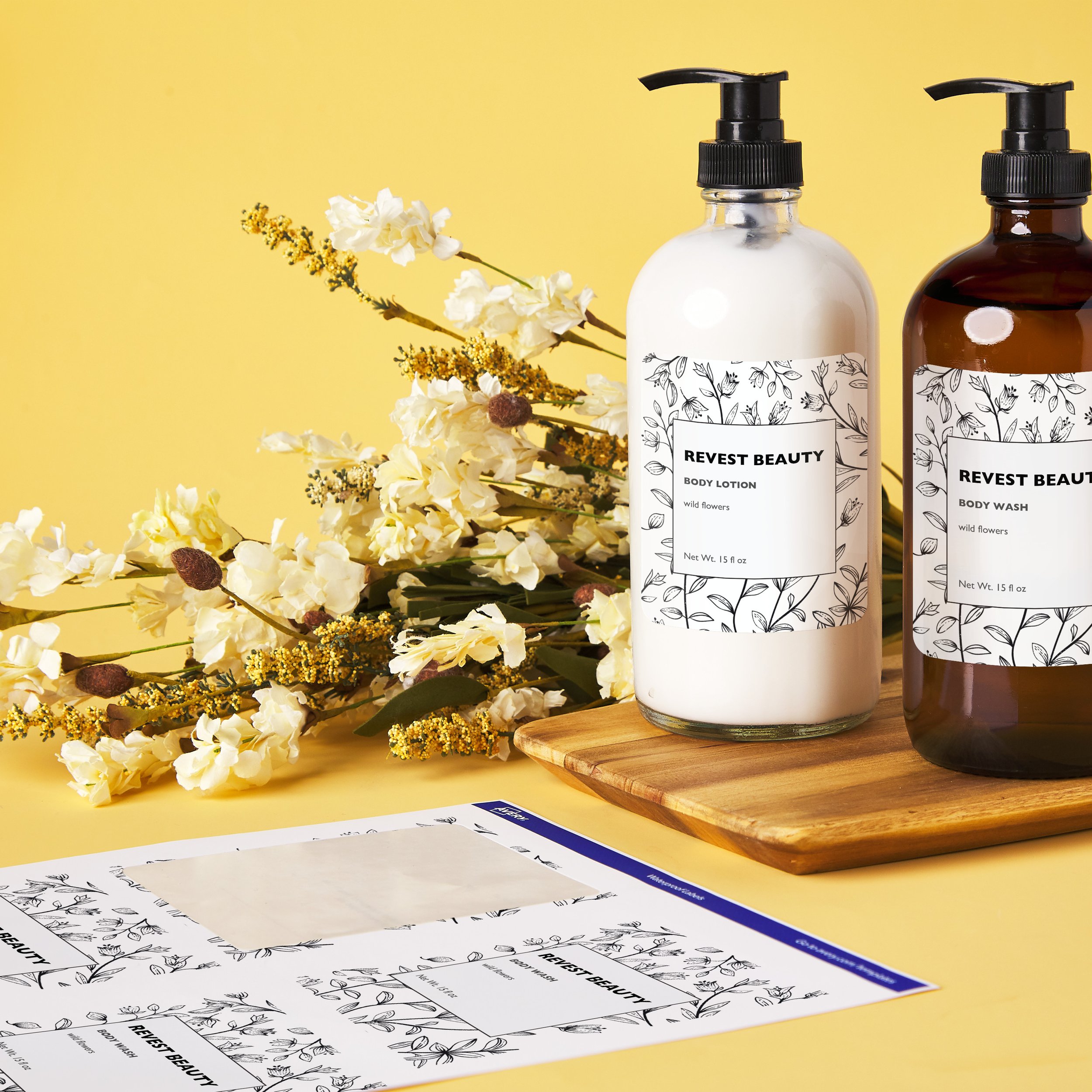All the best of chicken soup without the soup
March is.. March. We've had snow, we've had rain, and we've had temperatures so cold your blogger thought she might turn into an ice-pop. BUT! This is part of March and we accept it as it is, we just need warm hearty foods to combat it. With that in mind we went digging to see what we could come up with. Chicken soup? We've done it. Stew? We've done that too. What about biscuits? Nope. We needed something hearty and warm that would still give you enough energy to tackle all of the gardening many of us want to do now that it's (theoretically) spring. With that, we bring you something new. Take the best of chicken soup and dumplings and then make it easy to eat on the run. That's this recipe and we know we're already eager for fall to get here so we have an excuse to make it again.
Ingredients
1/2 cup tricolor quinoa
1 cup water
2 whole carrots or 10 baby carrots
2 stalks celery
1 can campbells cream of chicken soup 10.5 oz
1/2 tsp garlic powder
1 tsp parsley flakes
Tools: Large skillet with lid, stirring spoon, measuring cups and spoons, knife, cutting board, fine sieve (possibly can opener)
Measure out your half cup of quinoa. We find it easiest to use a much larger measuring cup for this, as it leave plenty of room for your next step. On top of that it means that you aren't going to have the grains bouncing out of the cup due to static. (We wish we were kidding on that one.)
Rinse your quinoa and drain through a fine sieve. Quinoa often has a bitter outer coating (naturally! It's not a byproduct of harvesting or processing - it's there to keep the grain from being eaten) that will throw off the flavor of whatever you're making with it. Just run it under cold water, swirling it around a few times under the water, then remove it and tap until most of the water has drained out. Repeat this until your water runs clear. You can skip this step if the package says "pre-washed" or "pre-rinsed."
Once your quinoa has been rinsed and drained, drop it into your ungreased skillet and turn up the heat. We use medium-low heat, but feel free to adjust for your own preferences The goal here is to dry the individual grains and lightly toast them. Keep them moving during this step to make sure they don't end up scorched on one side and soggy on the other. A wooden spoon is best for this step so it doesn't transfer the heat the way a metal one will or melt like a silicone one can.
When you feel your quinoa has been sufficiently toasted, add your water and turn the heat down as low as it will go. Turn your attention to the vegetables. Like the quinoa, these will need to be washed. Rinse all of them in clean, cold water for 30 seconds or so and then pat them dry. No need for soaps or produce washes.
After your veggies are dry, chop them down to quarter inch pieces. Push them off the cutting board into the pan with the quinoa and water and give everything a stir. We advise doing the carrots first and then the celery to give the carrots more time to cook. Turn the heat up to medium, then measure in your parsley flakes and garlic powder. Give everything another good stir and put the lid on. Allow everything to simmer for five minutes while covered.
Open up your can of soup. For ours, we used cream of chicken - but you're welcome to use whatever cream soup you'd like - perhaps cream of mushroom to make this a vegetarian recipe. Maybe even cream of shrimp if you're feeling particularly adventurous. We might avoid cream of celery (too much celery is in fact a thing in our opinion) - but maybe celery is your favorite food. Experiment and let us know what you discover!
Pour your soup over the quinoa and vegetable mixture. We know the water hasn't had a chance to be fully absorbed by the quinoa, and that's fine. It's part of why we're not adding any water to the condensed soup.
Once again, give everything a stir - but this time, let it simmer uncovered. Continue to stir frequently and watch for the individual grains to uncurl - that's how you know your dish is done.
Allow it to sit for two to five minutes and stir once more before serving.
This meal tastes even better the next day after the quinoa has had a chance to really soak up the soup. So, if you're making this as a meal for a whole week's worth of lunches, you're in for a treat.
We will add that additional veggies are something we are always going to advocate, so some examples you might consider adding are: pearl onions, green beans, corn, (more) carrots, parsnips, or turnips. Alternatively, you can just double, or even triple the quantities of the vegetables and experiment from there. We will say that if you're going to do that you /might/ need to add more in the way of water to ensure that your quinoa gets enough, but go with caution.
Some other additions you might consider, to mix things up.
Beans - great for additional fiber and protein, as well as making sure you have enough energy for the day.
Chicken- If you're already adding in cream of chicken, and you have some leftover chicken in the fridge, it's a great way to get that used up and bulk up the meal.
Diced and sauteed mushrooms - Although we wouldn't advise adding them in during the standard cooking process, we definitely think some sauteed mushrooms would go great with this.
Shrimp - If you're looking to be adventurous, might as well go all in and add some actual shrimp to the meal. You can get them already pre-cooked in the grocery store for relatively cheap and just heat them back up in the pan before adding them on top. Again, because of how delicate the shrimp can be, we don't advise adding them during the standard cooking process.
With that, we're handing this recipe over to you! What do you think? Like it, love it, hate it? Let us know in the comments below or over on our Facebook page. If you end up making it, let us know how it goes, we'd love to hear from you!
If you wound up here not searching for food, but because your dryer is making a strange whining sound, we can help. (although we are confused how you ended up on this page and not our post about dryer sounds, we hope you enjoyed the recipe anyway.) You can get hold of us over on our contact page or by giving us a call at ((214) 599-0055). We'll work with you to choose a date and time that works for your schedule so we can get to the heart of the problem and get your home running smoothly again.










